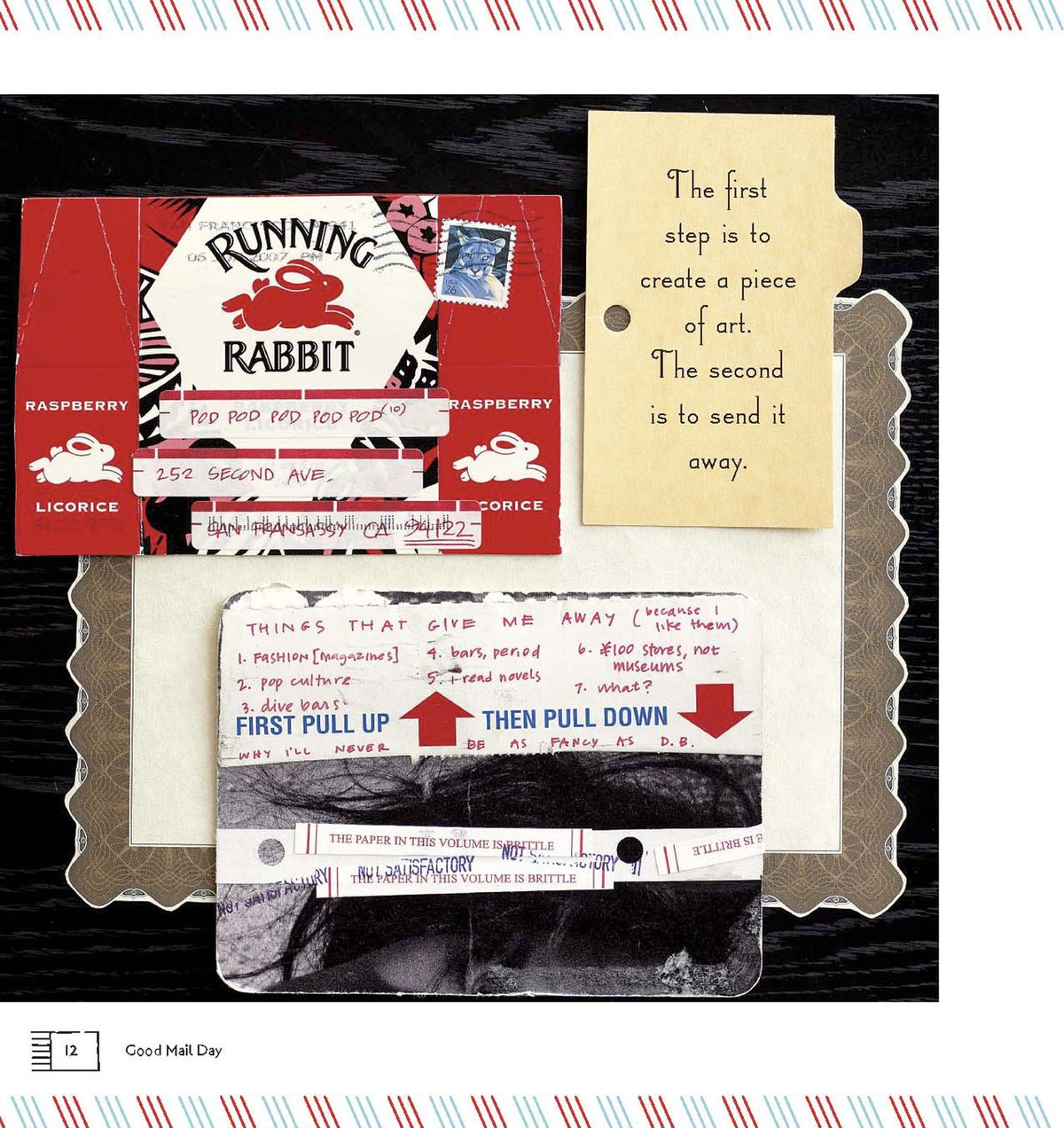Crafting masterpieces
Some of the best, most recent craft books may require some heavy lifting

When the crafting books pile up, it’s time to unload a few. The best ones deserve sharing, so below is a compilation of the crafting, sewing and knitting books that have come across my desk in the past few months.
The Martha Stewart Living Magazine empire has published two weighty crafting books. The first, “Martha Stewart’s Encyclopedia of Crafts” (Potter Craft, 2009), showed up last year. Another, “Martha Stewart’s Encyclopedia of Sewing and Fabric Crafts” (Potter Craft, 2010) hit the shelves in late March.
These two tomes weigh a combined 8 pounds. They are substantial in content as well, taking the approach that projects need to be shared “from A to Z” – from animals (stuffed, sock) to wall decor (framed sewing projects).
The 150 projects among the 400 pages of the latest book are characteristically well-photographed and geared toward the new or time-crunched sewer. The book comes with a CD of patterns and templates.
The authors of “Good Mail Day” (Quarry, 2009) think a good day brings good mail (not that junk stuff) or, better, artsy envelopes.
Jennie Hinchcliff and Carolee Gilligan Wheeler have created “a primer for making eye-popping postal art,” according to the book’s subhead.
The motivation? No one sends mail anymore, but nearly everyone enjoys receiving a handwritten letter.
“For the majority of people, the Art of Mail is all but forgotten,” the authors write in their introduction. “Writing anything beyond a stock ‘thinking of you’ phrase inside a birthday card can be difficult enough.”
Hinchcliff and Wheeler, both teachers of book arts such as binding, help crafters think of postcards and envelopes as canvases for personal expression, and their book features an array of inspiring, four-color examples. They also include stories of creative types who artfully keep the thrill of “good mail” circulating.
The authors’ ideas may translate into other paper arts, such as scrapbooking and journaling.
Back in the fabric and fiber world, Storey Publishing touts its “books for country living,” which range from gardening to horse care and include lots of sewing and knitting project books.
Two stand out: “One-Yard Wonders” (2009) and “Toe-Up 2-At-A-Time Socks” (2010).
“One-Yard Wonders” is just that: projects that take a yard or less of fabric. Some are simple (aprons, skirts), while others require some sewing acumen (purses, toys).
Nearly all require patterns, which are supplied in a well-stuffed envelope at the front of the book.
“Toe-Up” turns sock knitting on its head – or, in this case, on its toe, by knitting from the toe up rather than the more traditional method of cuff down.
Each pair of socks also is knitted together on circular needles. Sound complicated? Not for the experienced sock knitter.
The book includes 15 patterns, all well-photographed, and step-by-step images that demonstrate the “2-at-a-time, toe-up” method. After that, it’s simply following the respective instructions for each pattern.
Also for knitters is “Norwegian Handknits” (Voyageur Press, 2009), by Sue Flanders and Janine Kosel. As much art book as instruction manual, it weaves the history of Norwegian knits and historical photographs among its many, intricate knitting patterns for hats, socks, shawls and sweaters.
Advanced knitters will delight at the patterns, but this is not a book for novice knitters, except as inspiration.
Lastly, there’s the only crafting book that could prove fodder for frat-party talk: “Regretsy: Where DIY Meets WTF” (Villard Books, 2010).
Yes, this book takes profane to new depths. However, it features “crafts” that are so bad they are laugh-out-loud funny.
There are no project how-to’s in “Regretsy,” only examples of what not to do. The book parodies a certain online crafts site (its name is in the book title’s first word), teasing out the worst of its unchaperoned crafts.
Many are sexually explicit and rude; others, like the chicken poncho or the “mostly clean” cheese-grater clock, are simply absurd.
It is really – no, really – funny, and really – no, really – inappropriate for children.